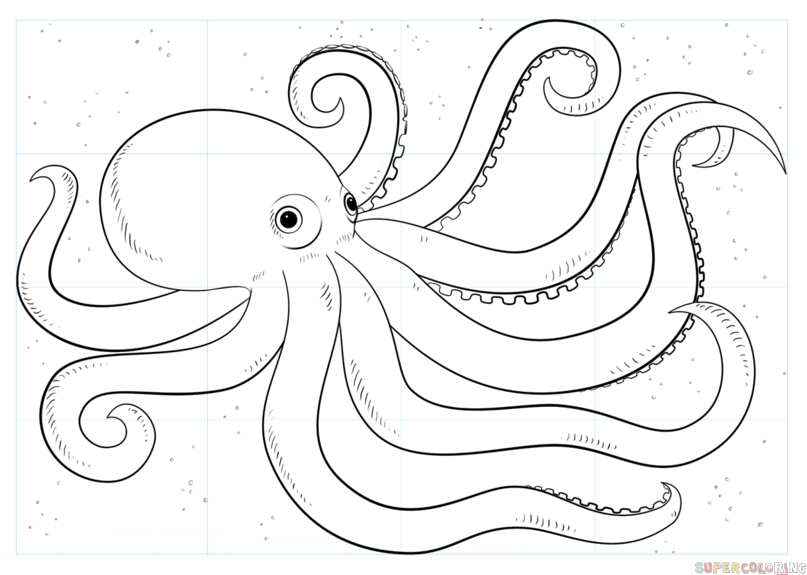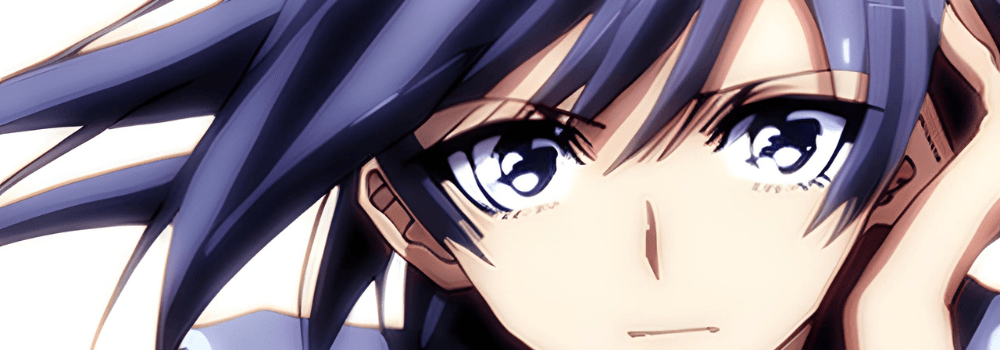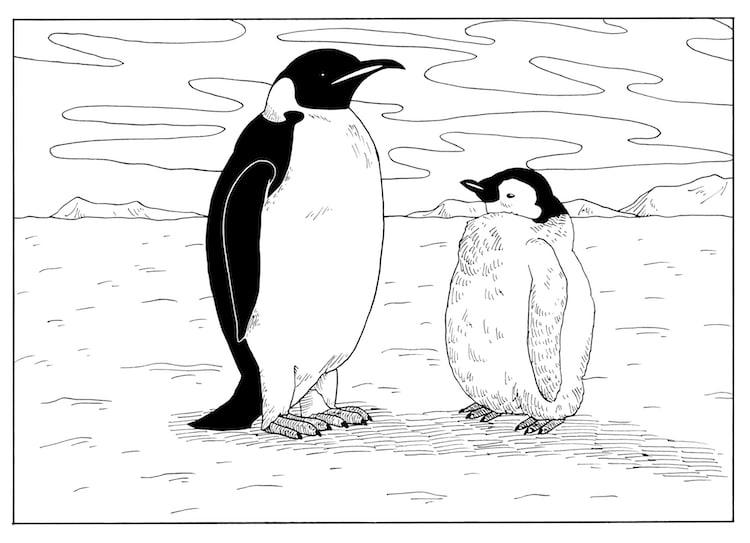Introduction to octopus drawing

Drawing is a wonderful form of expression that allows us to bring our imagination to life. If you're a beginner and looking for a fun and engaging subject to draw, why not try your hand at drawing an octopus? These incredible creatures with their unique shape and mesmerizing tentacles make for an interesting and challenging subject. In this step-by-step guide, I will walk you through the process of drawing an octopus, from understanding the basic shapes to adding texture and shading. So, let's dive in and master the art of octopus drawing!
Materials needed for octopus drawing

Before we begin, let's gather all the materials you'll need to start your octopus drawing adventure. Here's a list of essentials:
Drawing paper: Choose a high-quality drawing paper that is smooth and sturdy enough to withstand erasing and shading.

Pencils: A set of graphite pencils ranging from 2H to 6B will give you a good range of tones for your drawing.
Eraser: A kneaded eraser is ideal for easily lifting and correcting mistakes without damaging the paper.
Blending stump: This tool is used to blend and smudge graphite for smooth shading.
Reference image: Find a clear and detailed reference image of an octopus to guide you throughout the drawing process.
Understanding the basic shapes of an octopus

To begin your octopus drawing, it's helpful to break down the complex form of an octopus into simple shapes. Start by sketching a large oval shape for the body of the octopus. This will serve as the foundation for your drawing. Next, draw a smaller oval shape attached to the body, which will represent the head. Now, it's time to add the tentacles. Octopuses have eight tentacles, so draw four on each side of the body, extending outwards. These tentacles can be drawn as elongated, curved shapes, tapering towards the end. Don't worry too much about the details at this stage, as we will be adding them later.
Step-by-step guide: Drawing the body of an octopus
Now that we have our basic shapes in place, let's start adding more details to our octopus drawing. Begin by refining the shape of the body, making it more tapered towards the head. Add some curved lines to indicate the segmentation of the body. Next, focus on the head and draw two large, circular eyes. Octopuses have a distinct look, so make sure to capture their characteristic expression. Add a small, curved line for the mouth. Now, let's move on to the tentacles. Start by drawing the upper part of each tentacle, following the general shape that we outlined earlier. Octopus tentacles have a unique texture, so try to capture the sense of movement and fluidity as you draw them.
Adding details: Drawing the tentacles of an octopus

With the basic structure of the octopus in place, it's time to add more details to bring your drawing to life. Begin by adding suction cups along the length of each tentacle. These can be drawn as small, circular shapes with a dot in the center to represent the suction. Octopuses also have webbing between their tentacles, so lightly sketch in some thin, web-like lines connecting the tentacles. Pay attention to the placement and spacing of the tentacles, ensuring they are evenly distributed around the body. Remember, no two tentacles should be identical, so embrace the natural variations and asymmetry that make each octopus unique.
Enhancing realism: Adding texture and shading to your octopus drawing

To make your octopus drawing appear more realistic, it's important to add texture and shading. Start by observing the reference image closely and notice how the skin of an octopus has a rough and bumpy texture. Use short, curved lines to create this texture, following the contours of the body and tentacles. Vary the pressure of your pencil to achieve different values and tones, creating depth and dimension. Pay attention to the areas of light and shadow, as this will enhance the three-dimensional quality of your drawing. Use your blending stump to smooth out any harsh lines and create a seamless transition between light and dark areas.
Tips for capturing the essence of an octopus in your drawing

Drawing an octopus can be challenging, but with a few tips and tricks, you can capture the essence of these fascinating creatures in your artwork. Here are some pointers to keep in mind:

Study octopus anatomy: Take the time to learn about the anatomy of an octopus. Understanding how their bodies and tentacles move will help you depict them more accurately in your drawing.
Observe reference images: Look at a variety of reference images to get a better understanding of the different shapes, colors, and textures that octopuses can have. This will give you more creative freedom in your drawings.
Practice sketching: Before diving into a detailed drawing, practice sketching quick and loose studies of octopuses. This will help you familiarize yourself with their form and develop your observational skills.
Experiment with different styles: Don't be afraid to explore different drawing styles when depicting octopuses. Whether you prefer a realistic approach or a more cartoonish style, embrace your own artistic voice and have fun with it.
Patience is key: Octopus drawing requires patience and attention to detail. Take your time, be patient with yourself, and enjoy the process of bringing these magnificent creatures to life on paper.

Octopus drawing variations: Cartoon and realistic styles
When it comes to drawing octopuses, there are endless possibilities in terms of style. You can choose to create a cartoon-style octopus, with exaggerated features and vibrant colors, or opt for a more realistic approach, capturing the intricate details and textures. Experiment with both styles and see which one resonates with you the most. Remember, there are no rules in art, so embrace your creativity and make each octopus drawing a unique masterpiece.
Taking your octopus drawing to the next level: Using color

Once you feel comfortable with the black and white representation of your octopus drawing, you can take it to the next level by adding color. Octopuses come in a variety of vibrant hues, ranging from deep reds and purples to lighter shades of blue and green. Use colored pencils or watercolors to bring your octopus to life, paying attention to the color transitions and variations in the body and tentacles. Experiment with different color palettes and techniques to achieve the desired effect. Adding color will further enhance the realism or whimsy of your octopus drawing, allowing you to create a visually stunning artwork.

Conclusion: Celebrating your newfound octopus drawing skills
Congratulations! You have now mastered the art of octopus drawing. By following this step-by-step guide, you have learned how to break down the complex form of an octopus into simple shapes, add details and textures, and even explore different drawing styles. Whether you choose to create a realistic masterpiece or a playful cartoon, remember to embrace your own artistic voice and have fun with your drawings. So, grab your pencils, gather your materials, and let your imagination swim with the magnificent octopuses on paper. Happy drawing!







Leave a comment
All comments are moderated before being published.
This site is protected by hCaptcha and the hCaptcha Privacy Policy and Terms of Service apply.